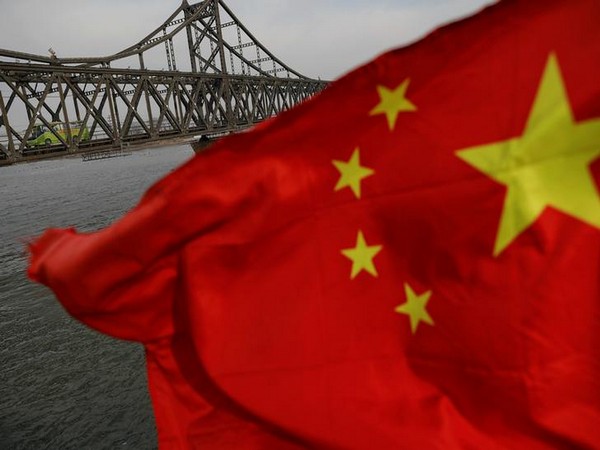Beijing had stepped up its efforts to influence international perceptions about China through the means of expanding Chinese media networks in international markets, new research by the International Federation of Journalists (IFJ) reveals.
This was revealed in IFJ’s new report titled “The China Network: Inside China’s Global Media Mission in Asia, Africa and Latin America”.
This report seeks to measure China’s global media outreach based on the findings of an international survey conducted by the IFJ with journalists in Kenya, Peru, and the Philippines – three countries where China has had a strong presence with investment and infrastructure projects in recent years.
“Media engagement and influence is not a new strategy. It remains a popular tool deployed by many major powers globally. But compared to its international peers, China’s approach is idiosyncratic and subject to unpredictable pivots. For journalists and media workers, this fast-changing approach by China presents critical professional challenges,” the report said.
Some 90 per cent and 83 per cent of survey respondents in Kenya and the Philippines, respectively, agreed that China has a “visible presence” in their media, while only half of the Peruvian journalists polled perceived a visible media presence of China in their country.
Despite the high visibility, 88 per cent of Philippine journalists viewed China’s presence in their country’s media as negative, which is significantly higher than those from Peru (54 per cent) and Kenya (16 per cent), according to IFJ.Approximately 16 per cent of Kenyan respondents said their own media organisations were supported or funded by Chinese capital, according to the report. In the Philippines and Peru, roughly 5 per cent and 2 per cent, respectively, of journalists reported Chinese interests in the operations of their media organisations.
“Chinese ownership and financial support to the media sector is a growing area of Chinese influence in Kenya, Peru, and the Philippines,” the report noted. The survey data on which the report was based reveals this support took many different forms, including monetary support, training programs, equipment and technical support, and content sharing partnerships.
“A small portion of journalists noticed changes in the coverage of China from journalists who have participated in trips sponsored by Chinese partners,” the report added.
The report follows the IFJ’s previous research released in March 2021 which found that China successfully activated existing media infrastructure networks to disseminate positive narratives globally amid the Covid-19 pandemic.
“As China has adopted new measures to approach journalists and media organisations in Kenya, Peru, and the Philippines, it is important that journalists in these three countries are supported to identify and mitigate risks intended to influence or pervert professional and ethical journalism,” the IFJ said.

